What does the future of women look like post-COVID? Joy Green explores conflicting emerging trends and signals and says it’s time to call for feminist recovery plans.
We used to have a trend on the previous version of this site called ‘The Female Century’ – referencing the wealth of indicators that nearly all pointed in one direction – towards the steadily increasing emancipation of women. But now, in the wake of COVID-19, that trend has taken a serious hit. A lot of bleak signals now point in a very different direction – the risk of a 25 year setback in gender equality, globally.
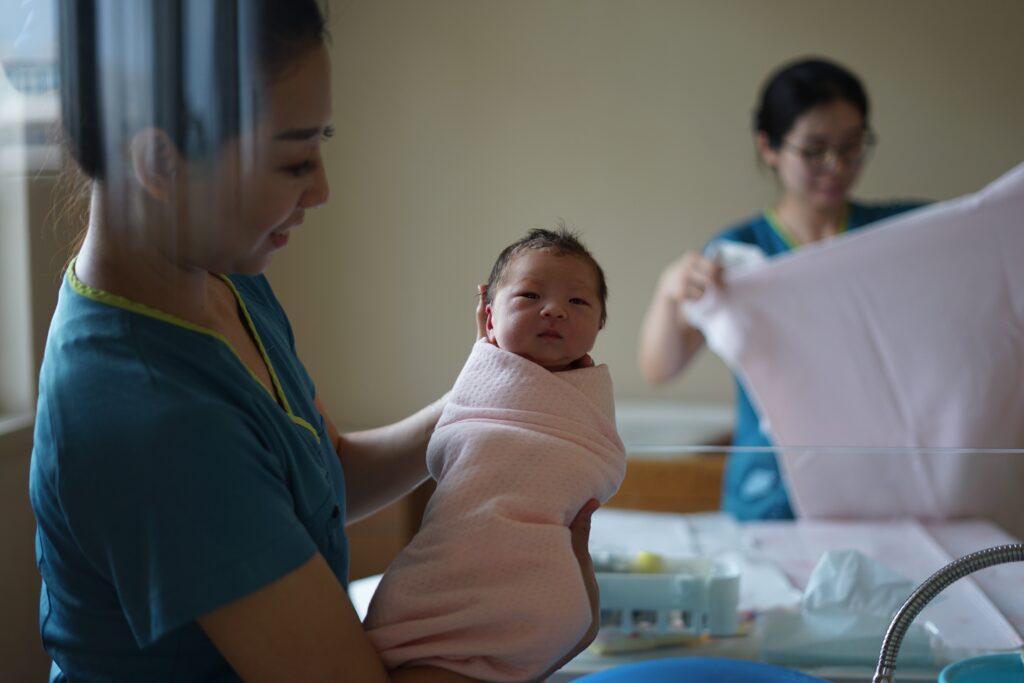
This was the stark conclusion of a November 2020 report by UN Women that analysed data from nearly 50 countries. Simply put, women have borne the brunt of the pandemic both economically and socially across the world and this is affecting their employment, education, political inclusion, and mental and physical health.
However, this is not the whole story. Women have also stepped forward in their communities, spearheading many local responses and creating stronger collaboration networks. Countries led by women have generally been more successful in fighting the pandemic. Women have stepped forward as entrepreneurs too, creating a surge of new purpose-led businesses. And, as every parent reading this knows, they have stepped forward for their families, extending themselves in new ways to deal with the challenges of lockdown.
Where might all these conflicting changes lead in the longer term? Let’s begin by unpacking the difficulties.
“Shecession”
Economically, women have suffered from working disproportionately in the sectors most directly affected by the pandemic lockdowns – such as apparel, retail, hospitality and domestic work. This is an ongoing blow that may last well beyond the pandemic since these are also the sectors now most likely to be affected by accelerated automation and shifting patterns of consumption, living and working.
Women all over the world have also been hit harder than men due to the effects of pre-existing inequalities – they tend to earn less, have fewer savings and have fewer social protections – and so were less shielded. And even relatively privileged women in the professional classes have had a tough pandemic so far as the burden of unpaid care and domestic work has exploded – and fallen disproportionately onto them.

US economists dubbed 2020 as the first ‘Shecession’ on record as women’s job losses increased far more sharply than men’s. One in four women were reported to considering downshifting their careers or leaving the workforce entirely. Again, this is a change that risks having ongoing impacts.
The increased care and domestic burden is also affecting women’s wider formal contributions to society, such as research. Women’s journal submissions have fallen since last April, with wider implications both for their careers, and for the actual quality of the research itself. For example there is now concern that the female authorship gap in medicine could end up having public health implications, because it has been found that the composition of the scientific workforce has significant effects on the populations studied. This means that if women or minorities are not included as researchers, this could “alter the emphasis on aspects of the virus that are particularly important for certain populations.”
Political exclusion
Similarly, women’s political inclusion also risks being affected, as they simply have less financial power and time, two critical ingredients required by any political candidate. More insidiously, the perceived image of power has become more male in many countries during the pandemic.
Women have become less visible on the political stage, as male senior politicians and health experts have dominated briefings. Globally, 85 percent of national-level COVID-19 task forces include mostly men, and 81 percent are headed by male leaders.
However, the picture here is far more mixed. Women leaders, as mentioned earlier, have been seen to do well. There is also some evidence that more women have been motivated to run for office in established democracies, to address the unfolding social and economic crises. This was particularly noted during the US election, when more black women stood as political candidates than ever before, and of course Kamala Harris became the first female vice president.
Socially, women and girls have become more vulnerable in many countries. Domestic violence rates increased worldwide by around 20% during the first major lockdown period, a shocking ‘shadow pandemic’ which will have lasting traumatic effects.
Child marriage is also resurging, with 2.5 million more girls now thought to be at risk, as a result of pandemic-induced precarity. Women’s rights have been de-centred politically and some reactionary political regimes have taken advantage of the opportunity to enact retrograde policies while public protest is more difficult. Feminist activists in countries from Lebanon to Brazil have also reported an uptick in harassment and abuse as life has moved more online.
Taken together, this is a really sobering cluster of signals and emerging trends that points to serious movement in the wrong direction. And some of this change risks being structural or not easily reversible, with long term implications.
Counter signs
What about counter signs and signals? Although not many in number, there are a few worth noticing beyond the ones already mentioned around female leaders and entrepreneurs.
The first to note is that men have also stepped forward during the lockdowns and the year-long blurring of home and work. Although women have done the majority of care and juggling, many men have also stepped much further into their children’s lives and the domestic sphere, to the extent that some softening of entrenched attitudes and gender norms may be happening.
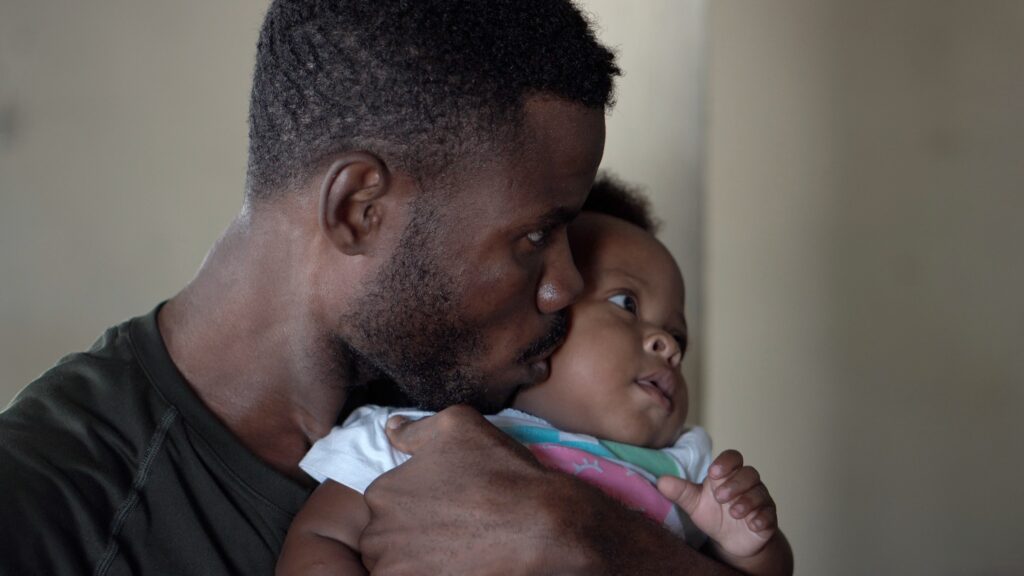
Signal of change: Men are spending more time with their children.
In many middle class workplaces there is now increased attention on empathy as a skill, as well as a much increased ability to work flexibly and remotely that is likely to last long term. Both of these changes favour women, if they can be supported to stay in work. However bear in mind that these benefits are not in play for women further down the income scale, in working classes and informal economies, or for the many women who have kept on having to go out to frontline jobs.
Recovery?
What does all this mean as we start to look towards recovery? Headline stimulus policies tend to bias towards infrastructure, construction and engineering, areas where fewer women tend to work. The one sector that has really done well through the pandemic – tech – is famously male.
Policies to support women in work or socially – such as boosts to childcare or refuge services – are thin on the ground and unimaginative. There is a real risk that the feared 25 year set back will take root, with even wider consequences than the worsening of women’s lives.
We already know how crucial the empowerment of women is to transformative action on climate and to tackling inequalities systemically. Women really stepped up for societies during the pandemic and are still doing so. It’s time that governments step up for them properly in recovery plans too.
Read next:




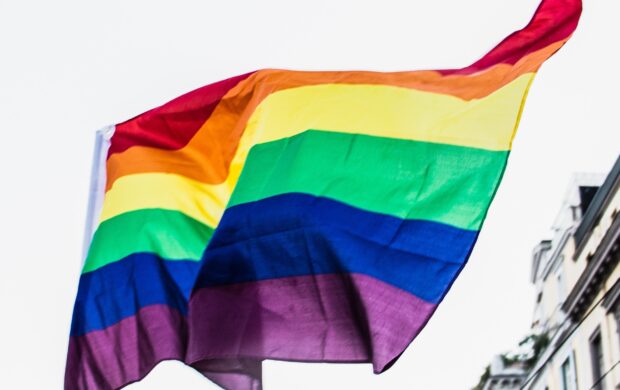
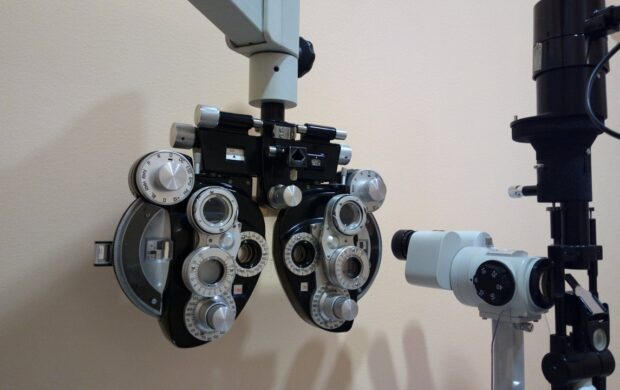


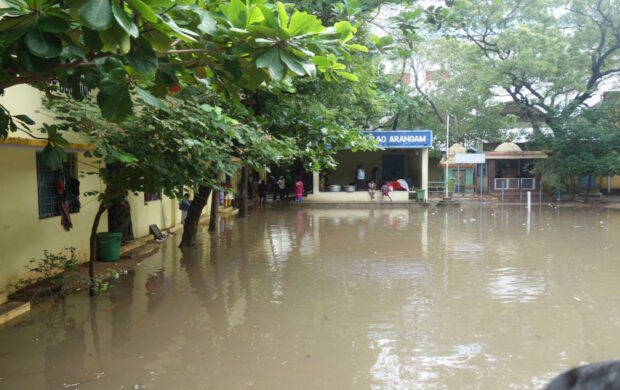




Join discussion